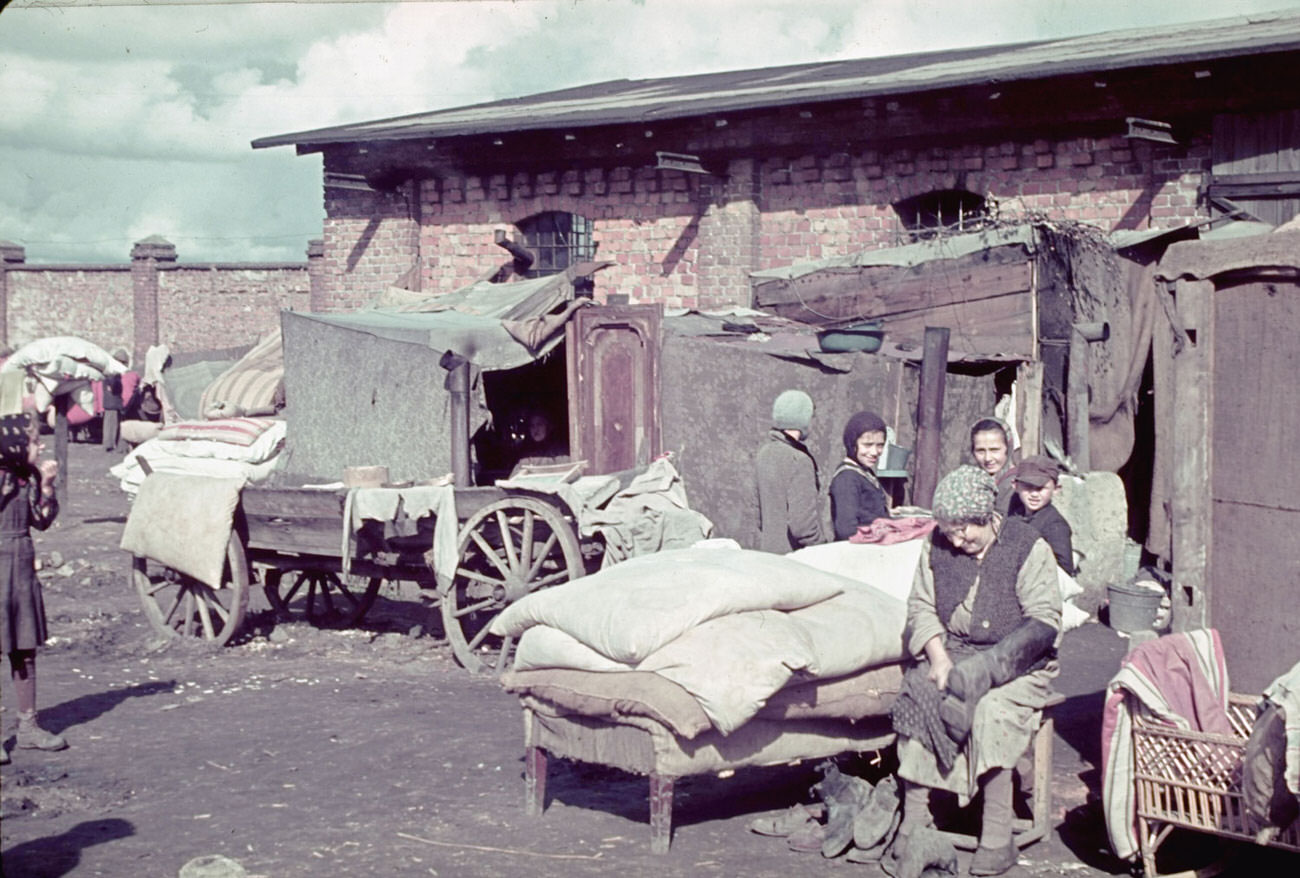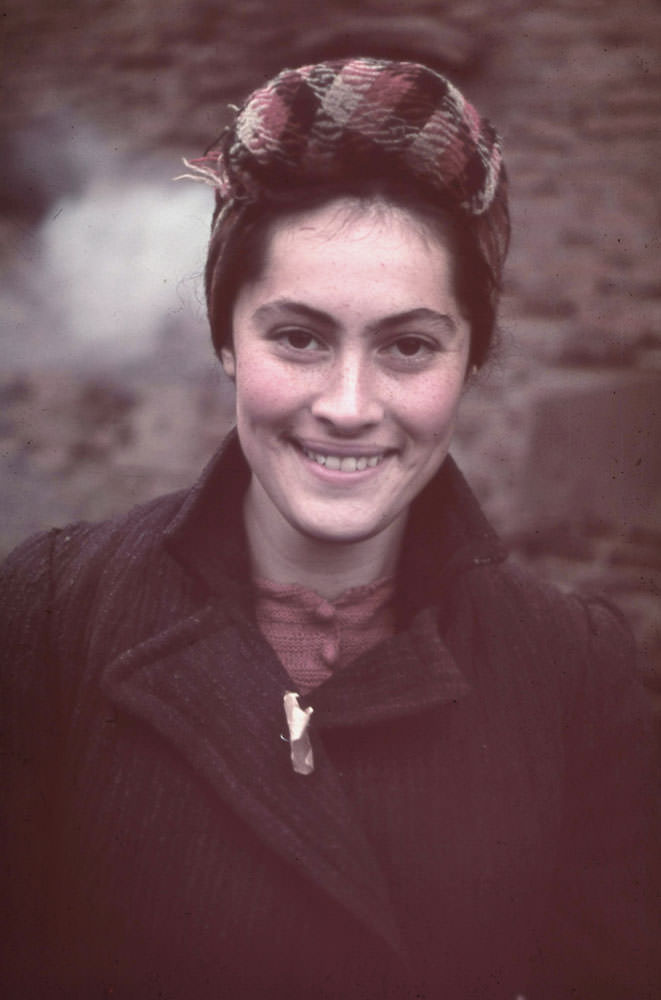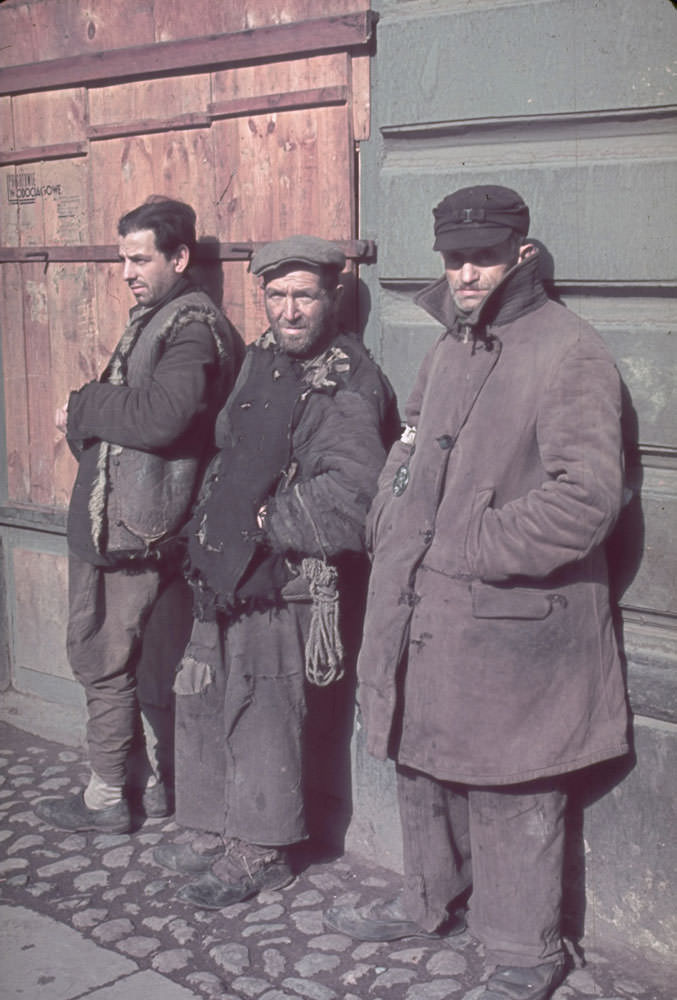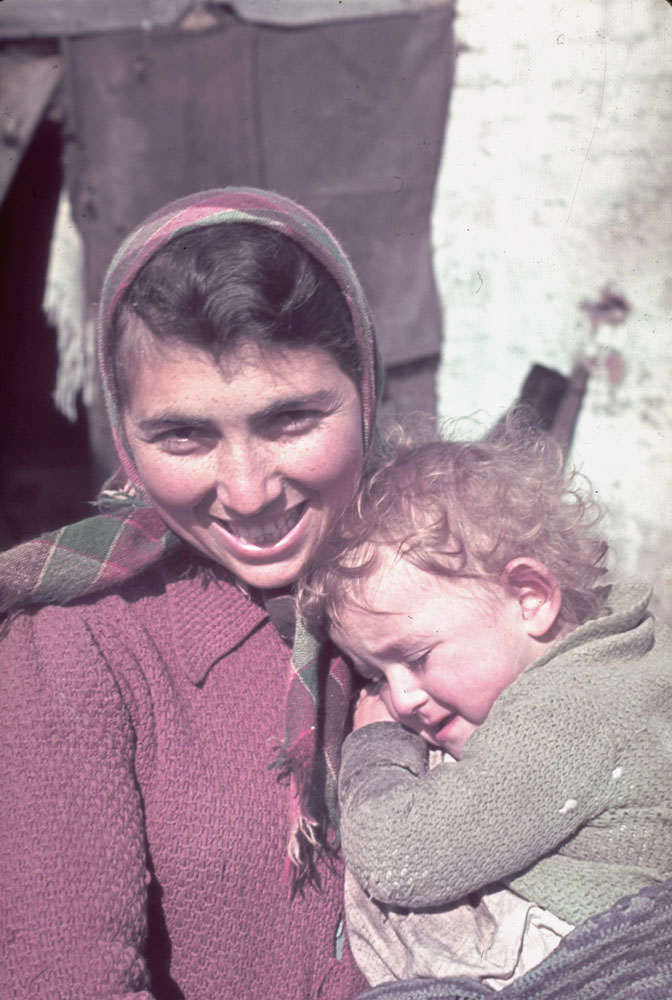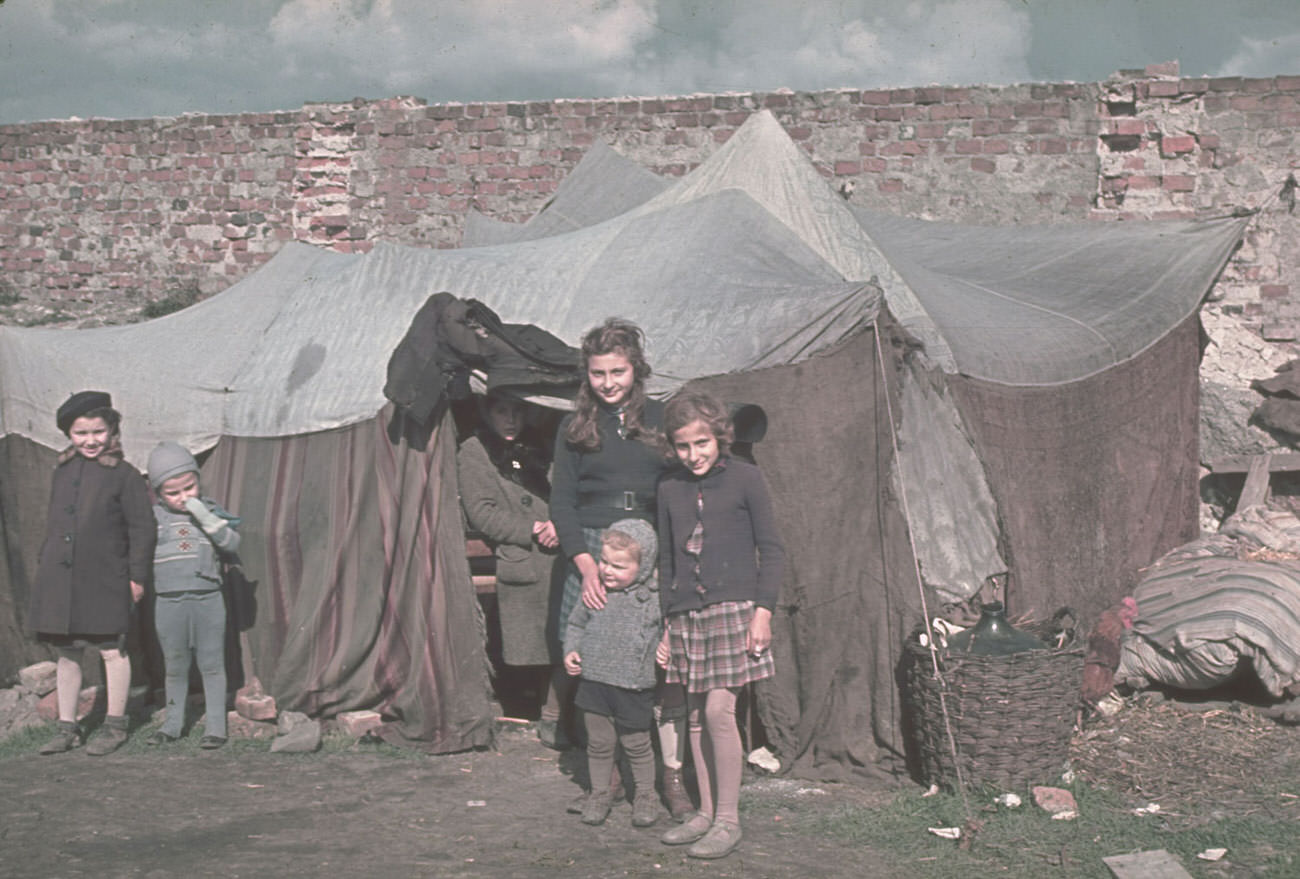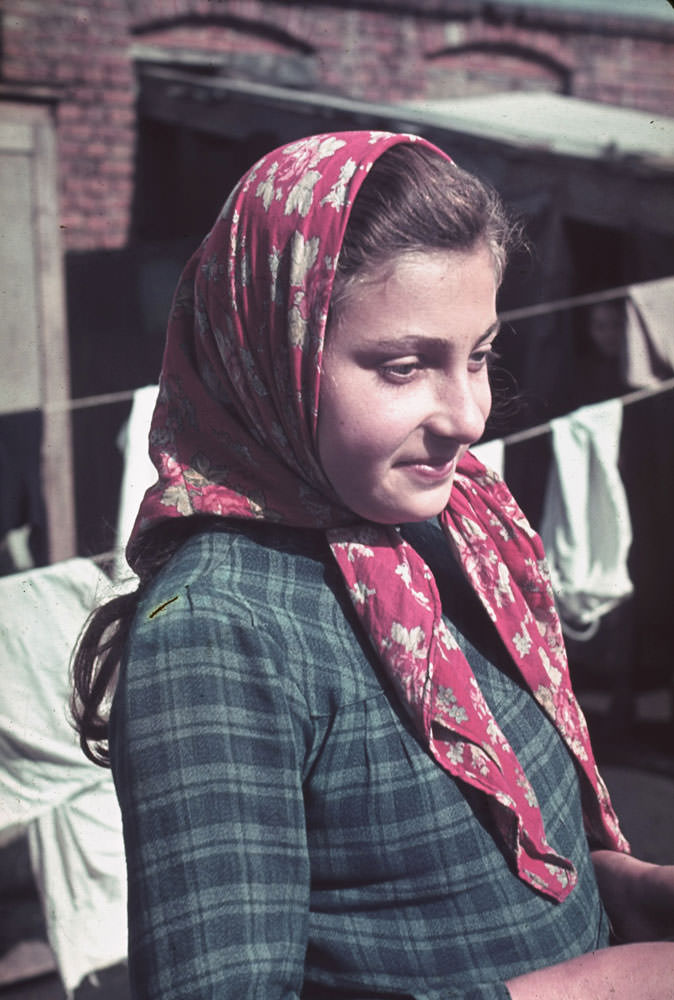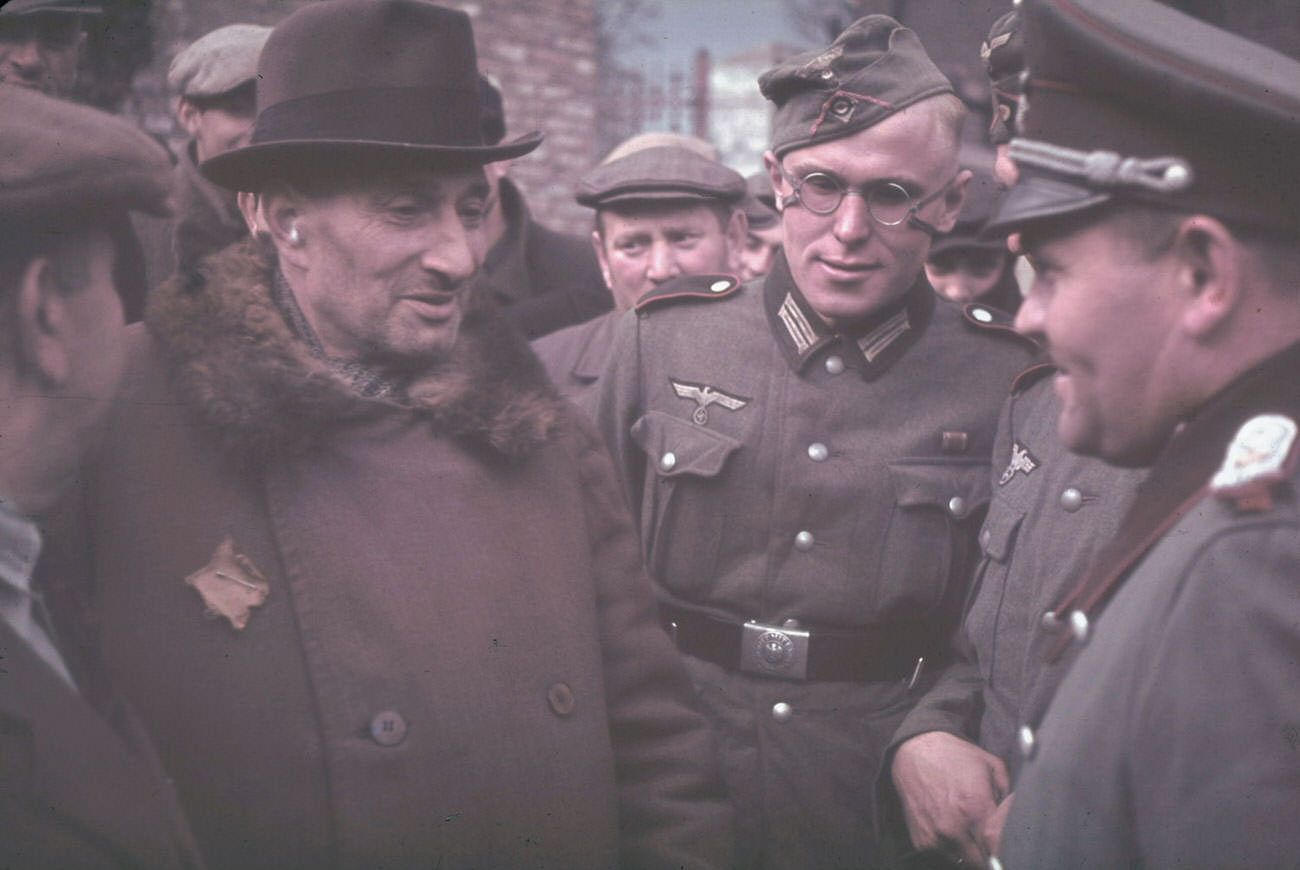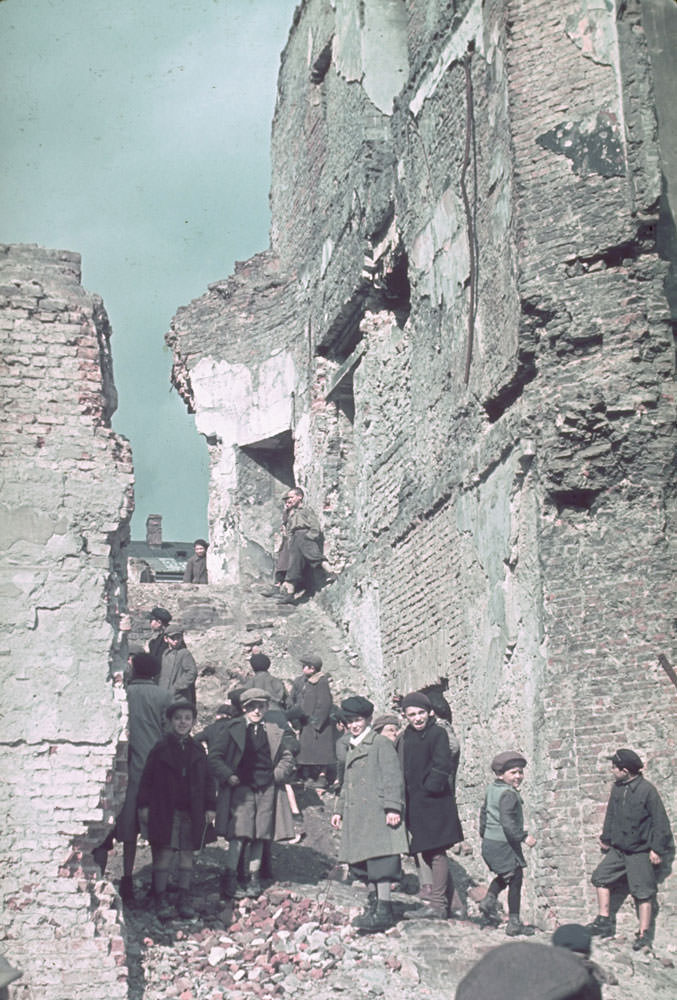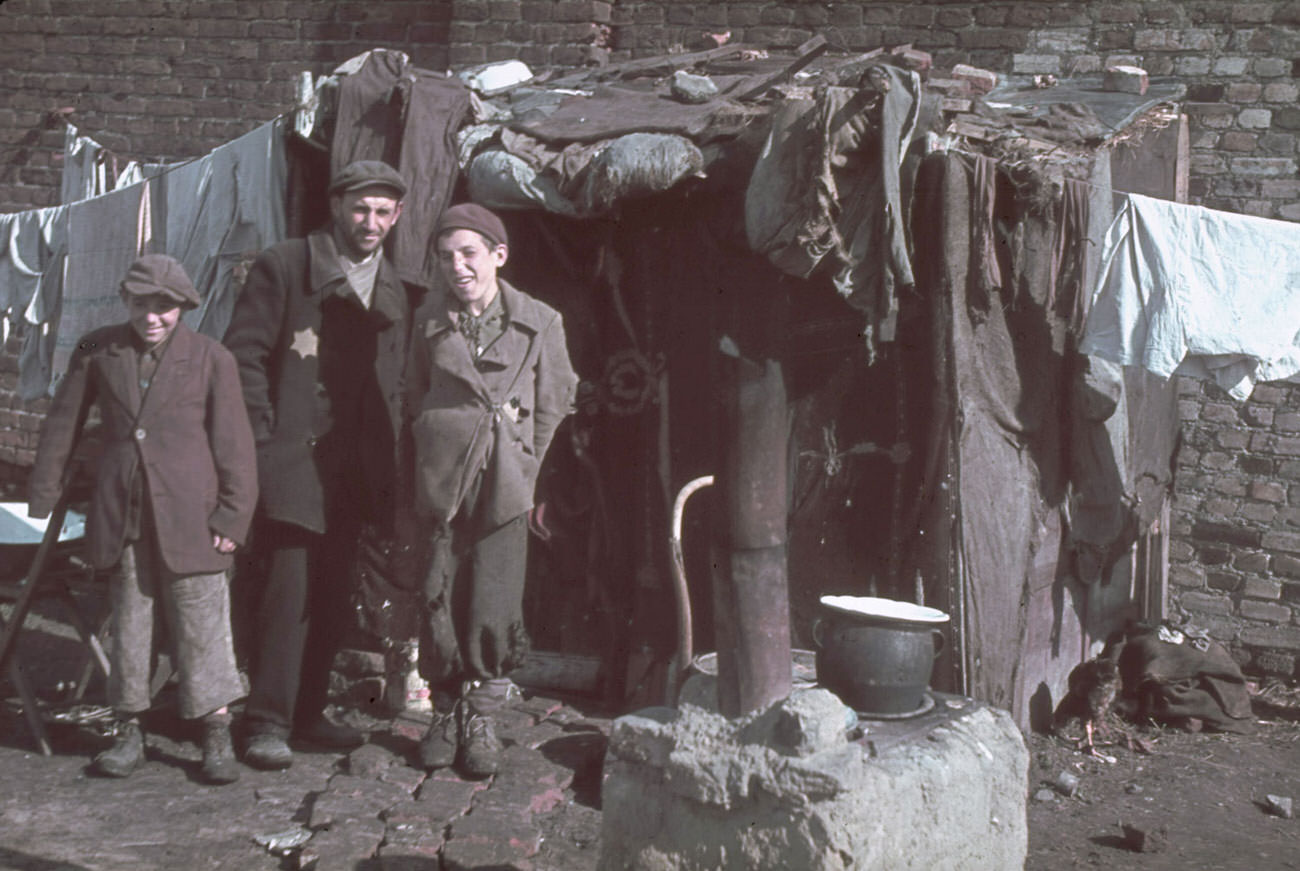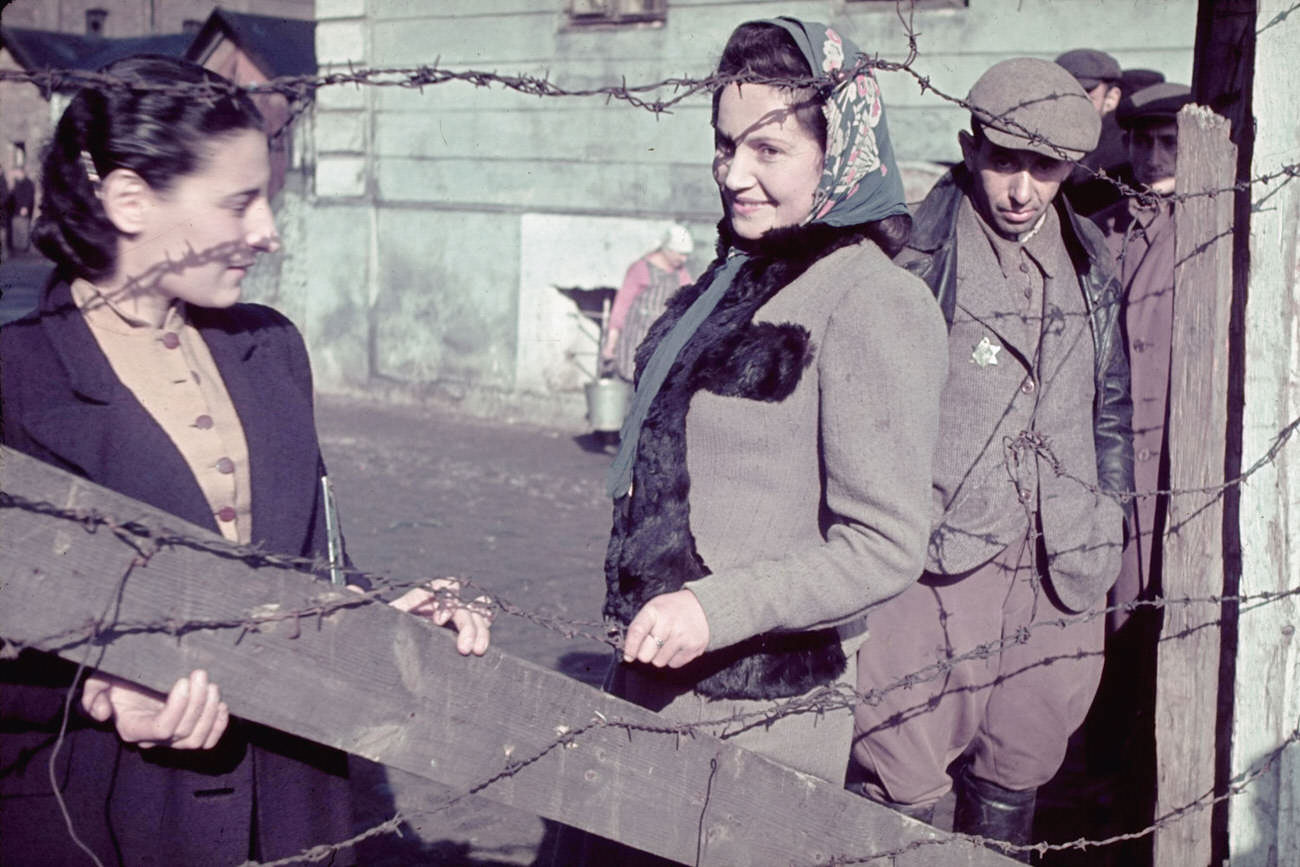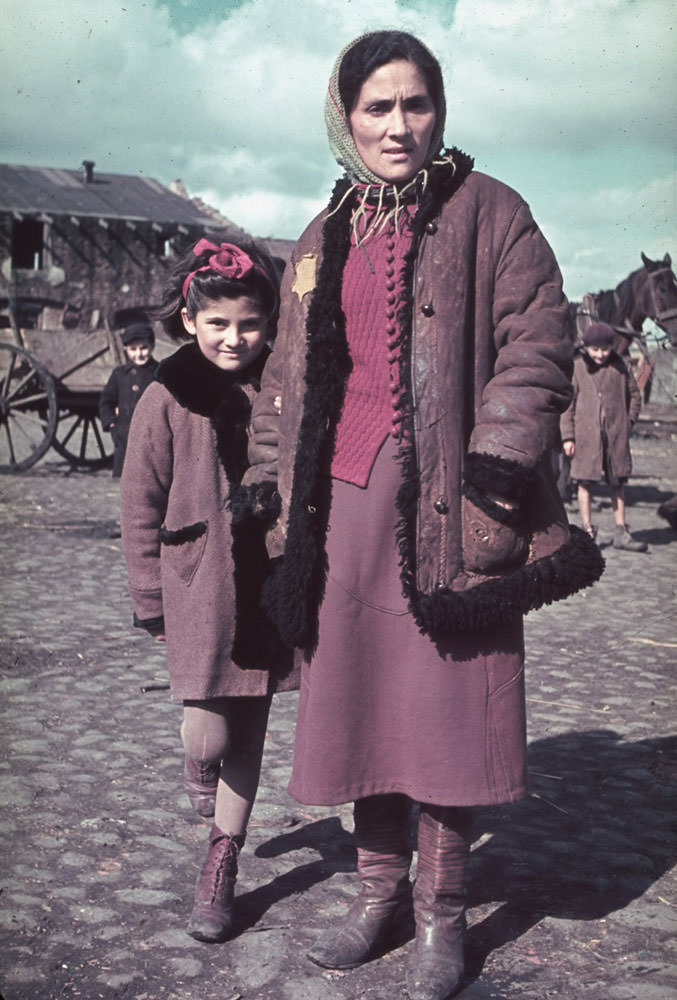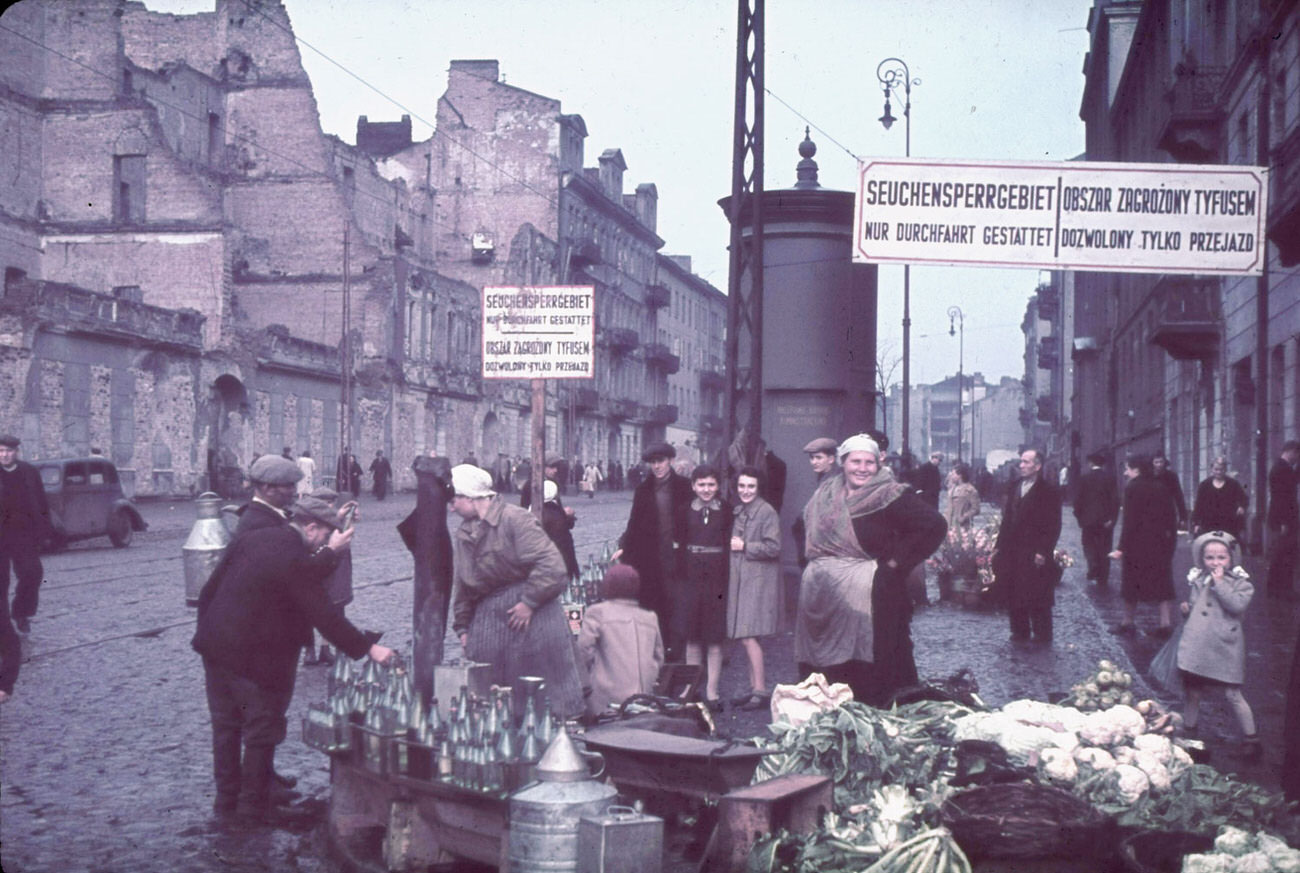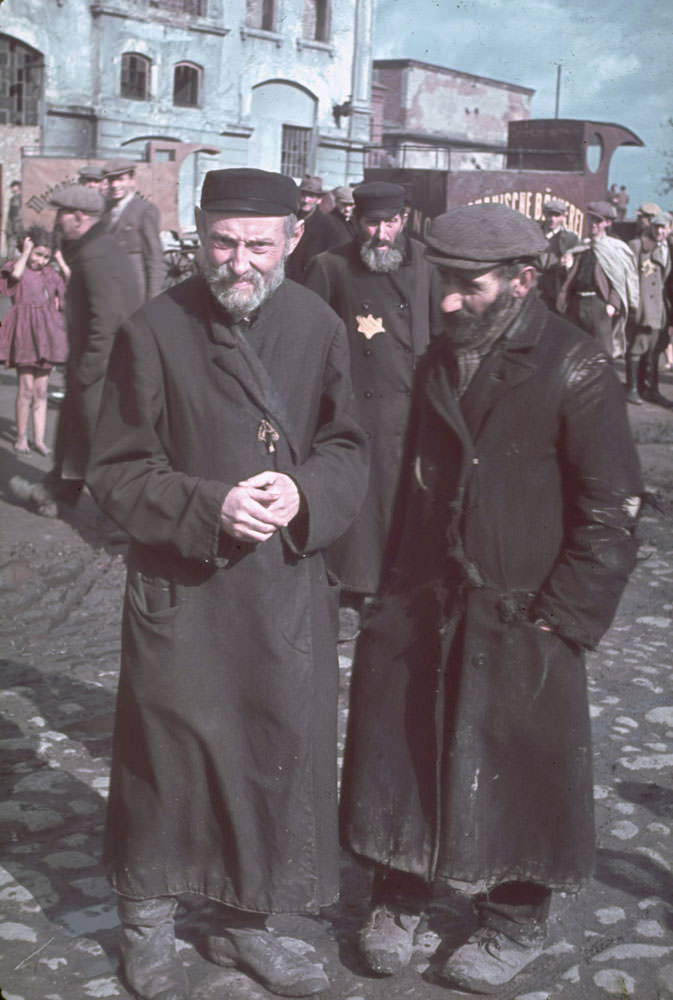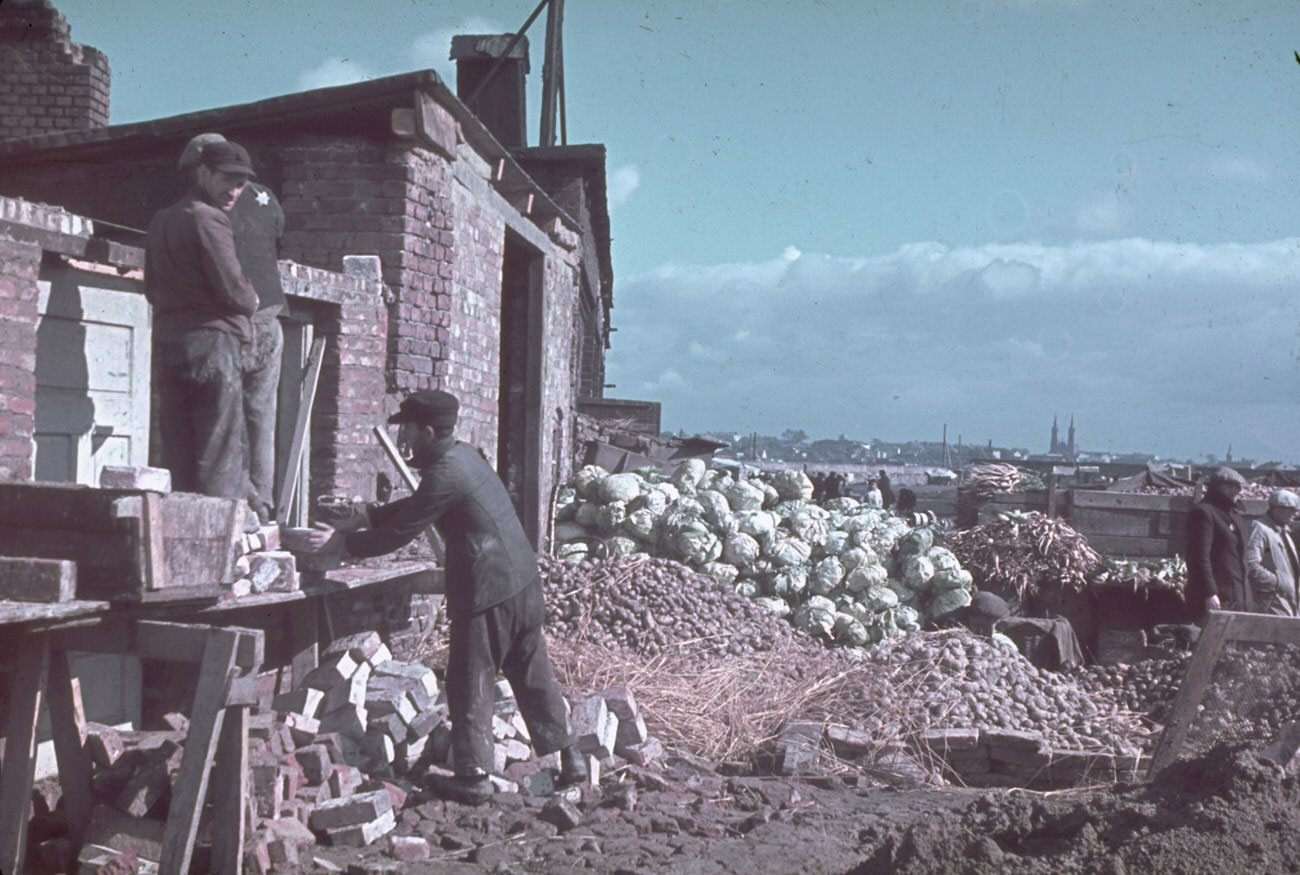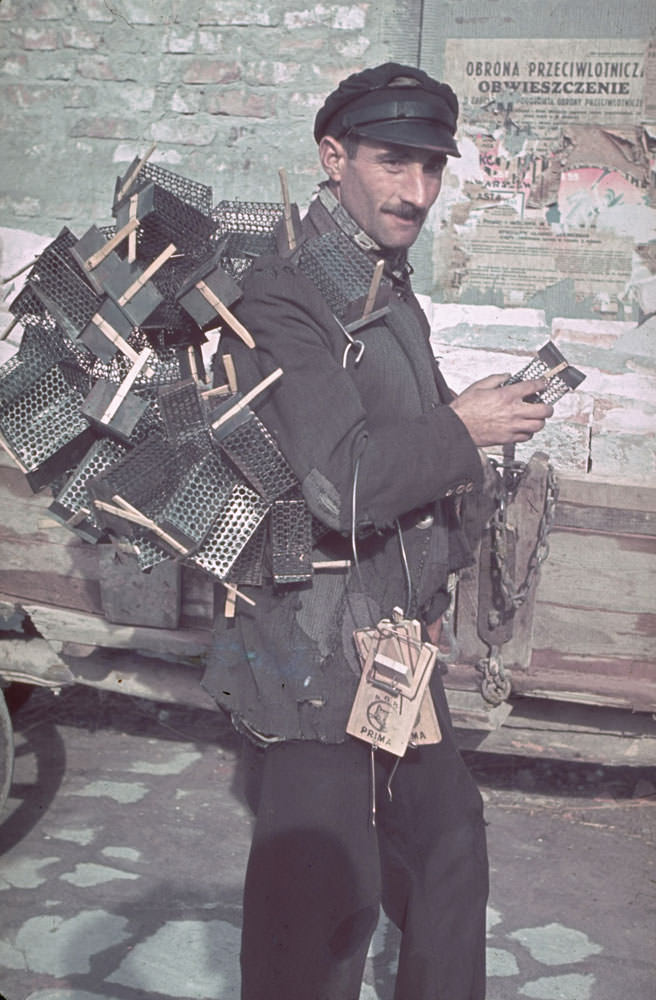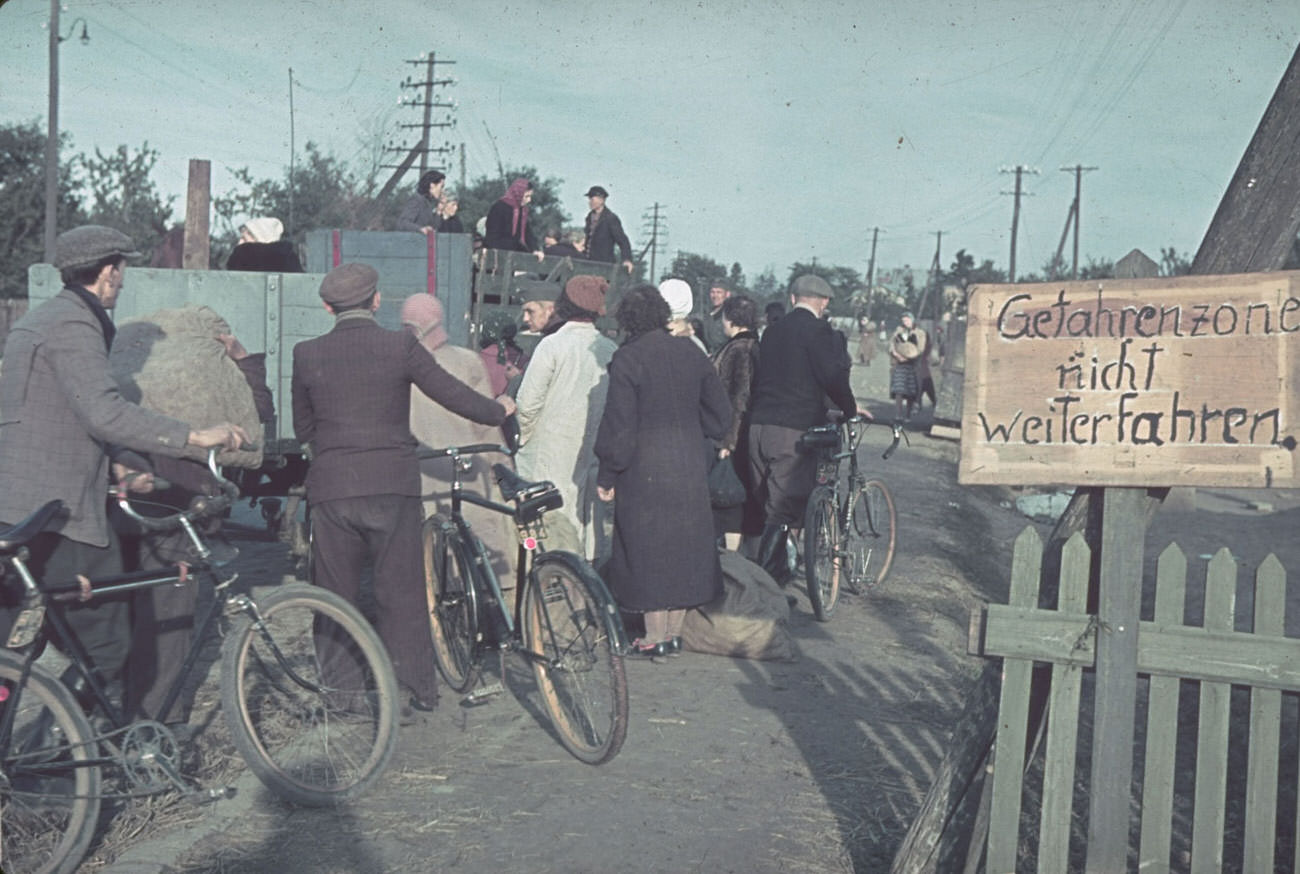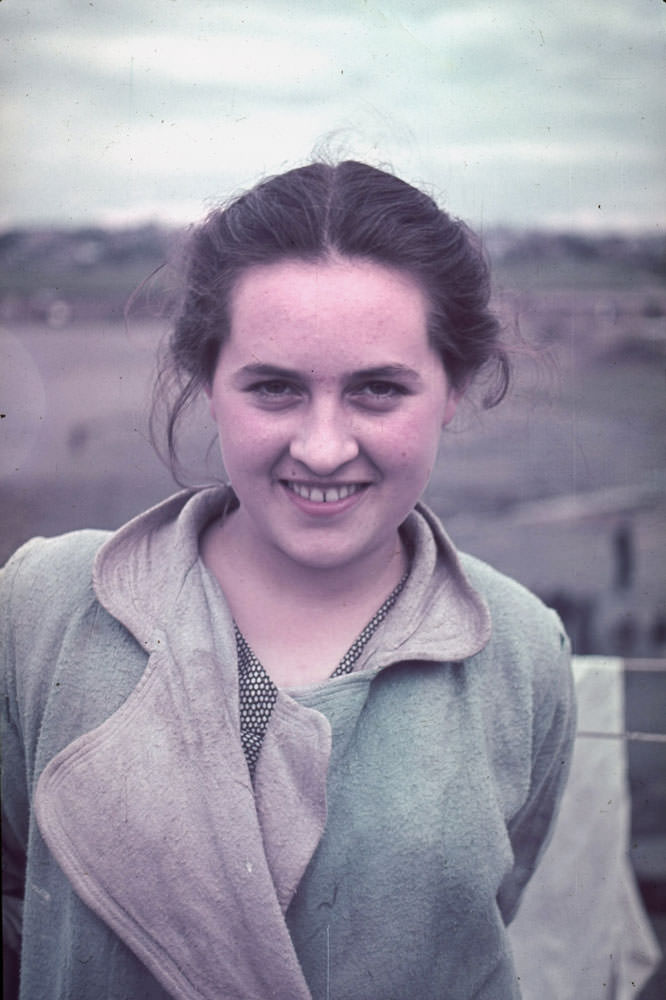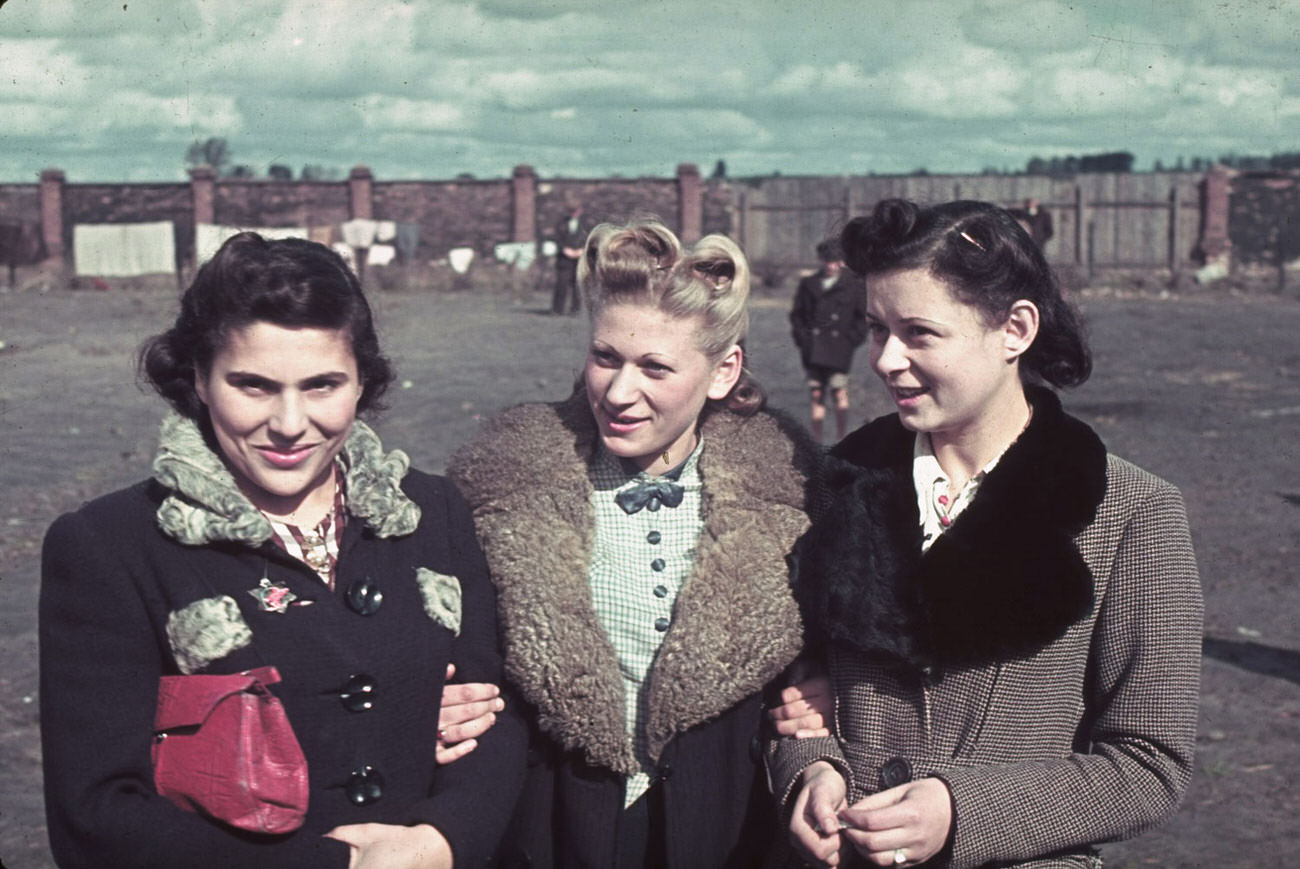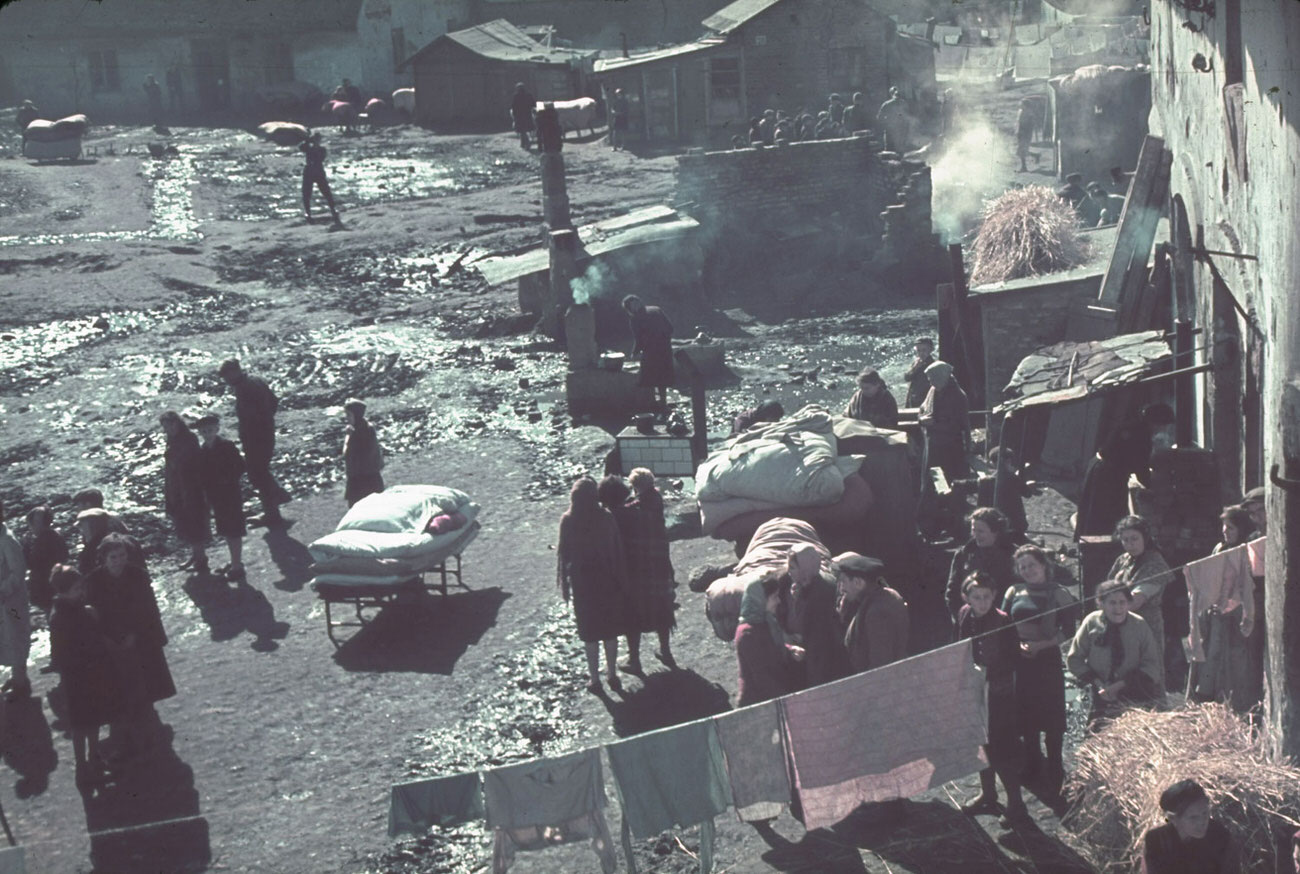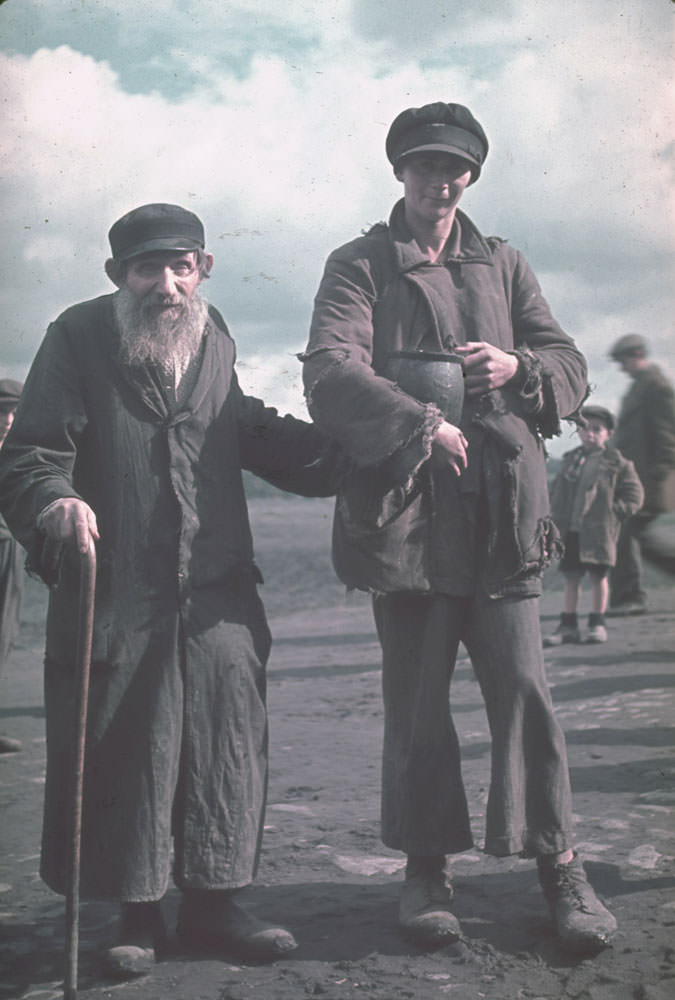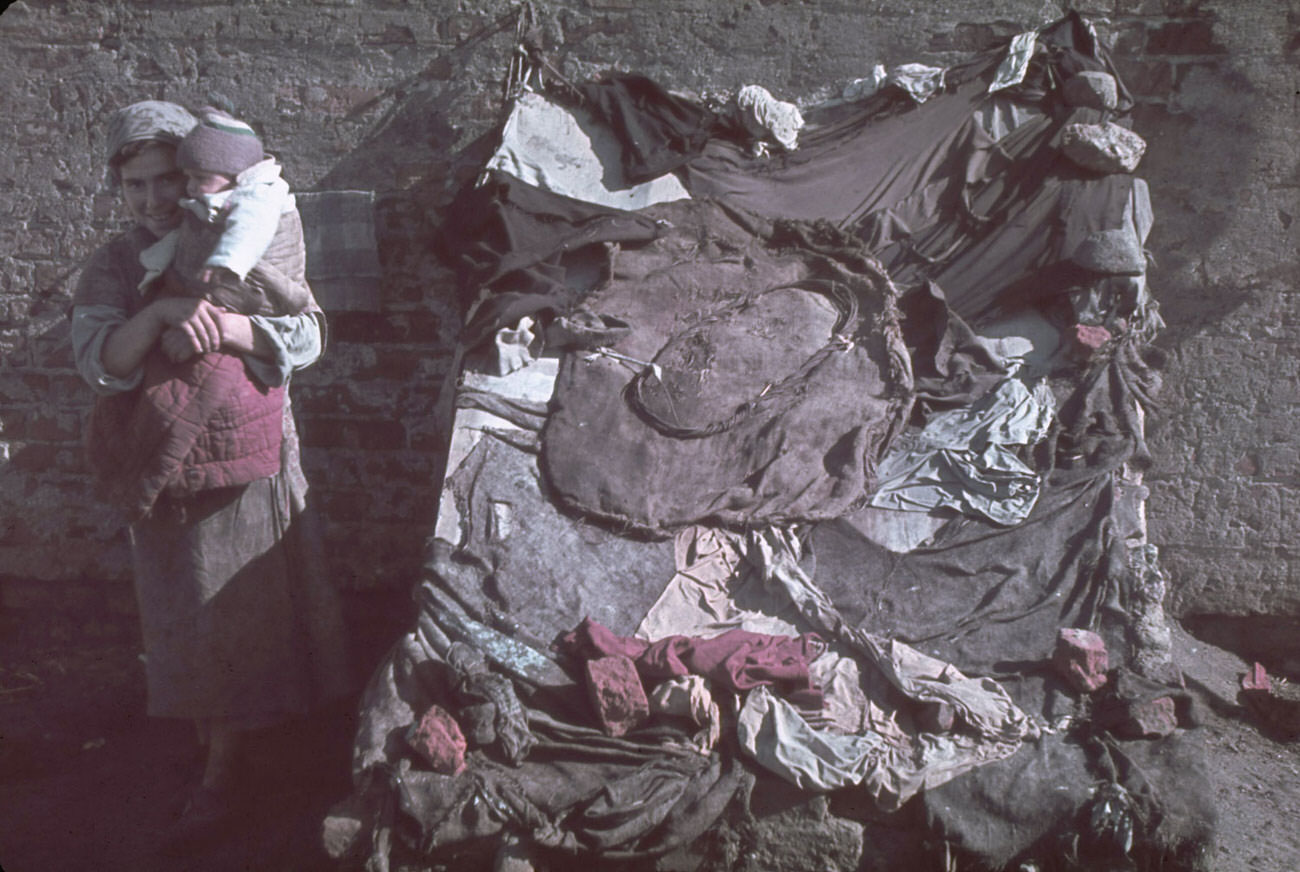In the heart of Europe, a dark chapter unfolded as Nazi Germany’s grip tightened on Poland. The once-vibrant Jewish communities found themselves confined to ghettos, their lives reduced to a mere existence. Amidst this suffering, a unique perspective emerged through the lens of Hugo Jaeger, a photographer who had privileged access to the highest echelons of the Nazi regime.
Jaeger, known for his portraits of Adolf Hitler, captured a different side of the war: the human cost of Nazi brutality. His photographs offer a chilling glimpse into the lives of Jews trapped within the Warsaw and Kutno ghettos.
The Warsaw Ghetto: A City Within a City
Warsaw, once a bustling metropolis, became a shadow of its former self under Nazi occupation. The Jewish population, numbering hundreds of thousands, was forced into a walled-off ghetto. The conditions within were appalling. Overcrowding, malnutrition, and disease were rampant. Yet, amidst this suffering, life persisted.
Jaeger’s photographs reveal the stark reality of ghetto life. We see families huddled together in cramped apartments, children playing in the narrow streets, and elderly people struggling to survive
Kutno, a smaller town in central Poland, also experienced the horrors of the Nazi occupation. The Jewish community was herded into a ghetto, and their lives were subjected to the whims of the German authorities.
It is unclear why Jaeger chose to document the lives of the Jewish people in such detail. Perhaps he was simply following orders, or perhaps he was genuinely moved by their plight. Regardless of his motivations, his photographs serve as a powerful reminder of the human cost of the Holocaust.


